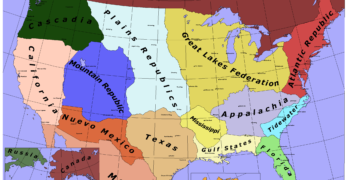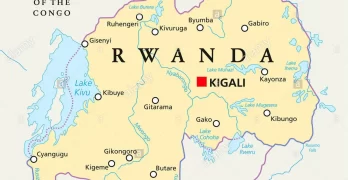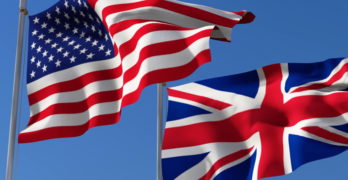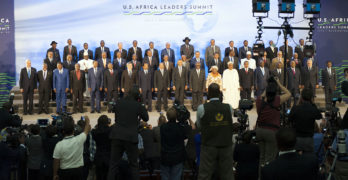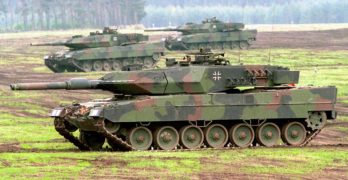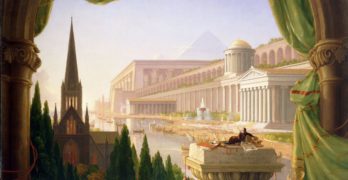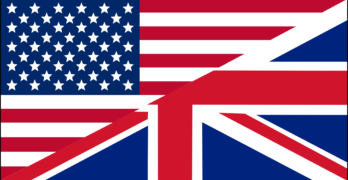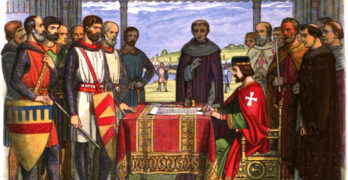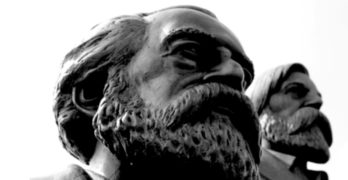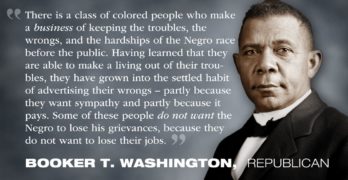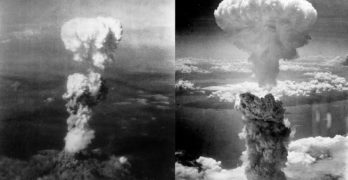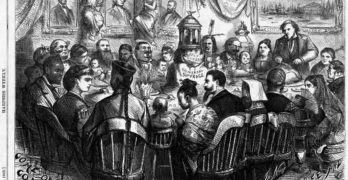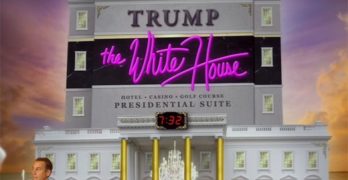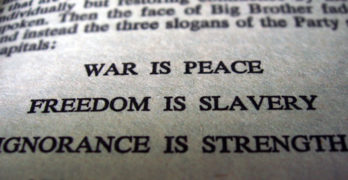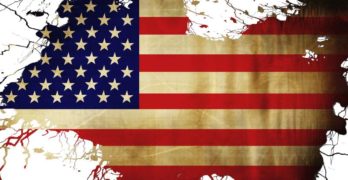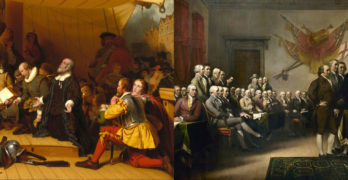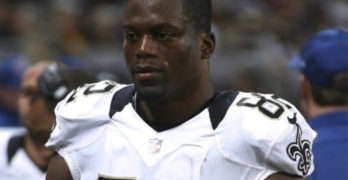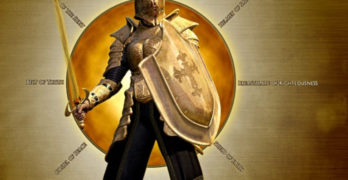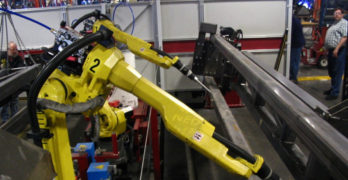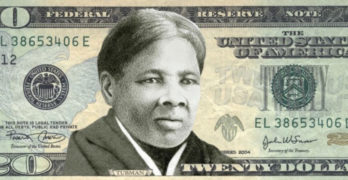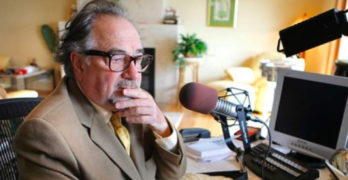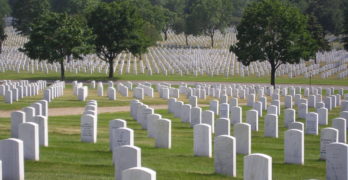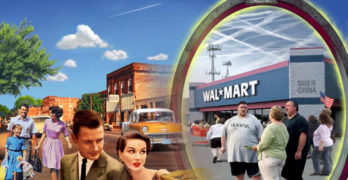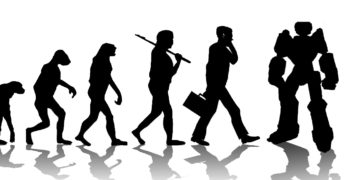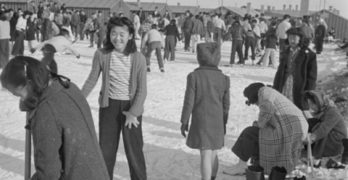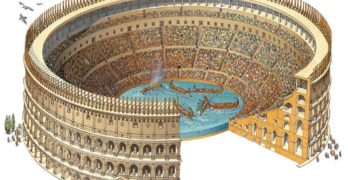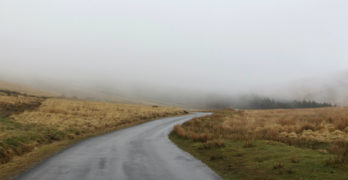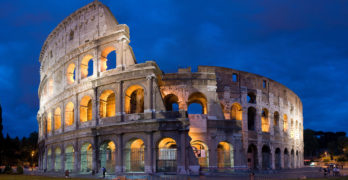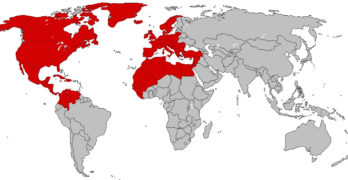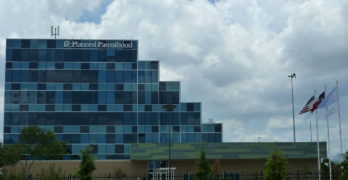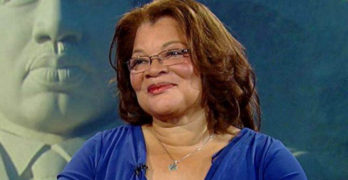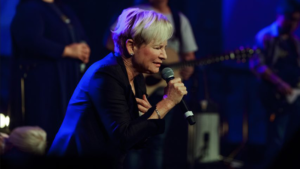 After Moses received the command and pattern for the Sanctuary on Mount Sinai (Exodus 25:2,8-9,40), he commissioned two craftsmen chosen by the Lord-named Bezalel and Oholiab to design, create and supervise the Ark of the Covenant and the furniture for the Tabernacle of Moses. The Lord is speaking in Exodus 31:2-5:
After Moses received the command and pattern for the Sanctuary on Mount Sinai (Exodus 25:2,8-9,40), he commissioned two craftsmen chosen by the Lord-named Bezalel and Oholiab to design, create and supervise the Ark of the Covenant and the furniture for the Tabernacle of Moses. The Lord is speaking in Exodus 31:2-5:
See, I have called by name Bezalel son of Uri, the son of Hur, of the tribe of Judah. And I have filled him with the Spirit of God, in wisdom and ability, in understanding and intelligence, and in knowledge, and in all kinds of craftsmanship, to devise skilful works, to work in gold, and in silver, and in bronze, and in cutting of stones for setting, and in carving of wood, to work in all kinds of craftsmanship.
It was the Spirit of God filling Bezalel that gave him the ability to produce such outstanding creative workmanship. The result was an ingenious, prefabricated building that could be collapsed and transported with the Israelites as they journeyed to and in the Promised Land.
The Old Testament prefigures people, places and things mentioned in the New Testament. For instance, the pattern for the Tabernacle built by Moses was given by God as a pattern of the spiritual reality of Christ’s sacrifice.
Paul, reflecting on some of the events in Exodus, writes to the church at Corinth: ‘These things occurred as examples, to keep us from setting our hearts on evil things, as they did.’ The crossing of the Red Sea prefigures baptism. Furthermore, Paul’s supreme act of intercession for God’s chosen people caused his heart to be filled with bitter sorrow and unending grief concerning their final salvation. Why?
For they are Israelites, and to them belong God’s adoption as a nation and the glorious Presence (Shekinah). With them were the special covenants made, to them was the Law given. To them the temple worship was revealed and God’s own promises announced. To them belong the patriarchs, and as far as His natural descent was concerned, from them is the Christ, Who is exalted and supreme over all, God, blessed forever! Amen (see Romans 9:1-5).
When Moses under God’s instructions built the Tabernacle he was told to make it with three distinct areas: the outer court; the Holy Place and the Holy of Holies or (the Most Holy Place).
The outer court is a place where the manifestation of God’s presence is revealed to us. Our flesh is the outer court of the human tabernacle. It was designed to represent Jesus Christ and the Heavenly sanctuary.
The inner court is the realm of the soul and the Holy Place is the human spirit. Man is body, soul, and spirit, and the dwelling place of God is within His people. The Bible says you are the temple of God.
The Cloud of God’s Presence
The presence of God was manifested through the Tabernacle which was the framed structure covered by four layers of cloth and skin. It was in the centre and surrounded by a fence and there was only one entrance. Two people camped outside the entrance-Moses and Aaron.
The Levites camped around the other three sides, and three of their of their clans had special responsibility. No one else could even touch the fence and there were orders to kill anyone who approached. God was holy and could not be approached lightly.
The other tribes were arranged around the tabernacle, each tribe with its own specific, allotted place in relation to God’s tent and entrance to it. The most important place was right in front of the entrance, and this was occupied by the tribe of Judah. It was from the tribe of Judah that Jesus would later come.
When the camp set out on a journey, everyone moved according to a fascinating pattern. Once at a Bible conference A.W. Tozer testified to a spiritual experience he had as a young preacher. He wrote:
I was reading about the camp of Israel in the wilderness and how God laid out in a beautiful diamond pattern. All at once I saw God as I never saw Him before…. I fell on my face and worshipped. Since that experience, I have lost all interest in cheap religious thrills. The vacuous religious choruses we sing hold no attraction for me. I came face-to-face with the sovereign God, and since that time only God has mattered in my life.
When God moves, His people Move
There were specific instructions for the dismantling and transporting of the tabernacle. The priests would wrap up the holy furniture, then the Levites would pick it up. Everyone knew who had to carry which piece of furniture from the tabernacle, who had to carry the curtains, and what order they had to be carried in. Some tribes had to leave before the tabernacle pieces were carried.
When the other tribes moved they ‘unpeeled’ like an orange. They marched in the same order every time, so that when they got to the next camp it was simple for each tribe to find their place and put their tents up. The whole thing is carefully detailed. The silver trumpets would sound to announce the departure from the camp, and the tribe of Judah would lead the procession with praise.
They always knew when it was time to move because the pillar of cloud (or fire at night) above the tabernacle would move on. Paul tells us, they were all under and protected by the cloud in which God’s Presence went before them. The picture is clear: when God moves, His people move.
Wherever Moses went out to the Tabernacle, all the people would get up and stand at the entrances of their own tents. They watched Moses until he disappeared inside:
And it came to pass, when Moses entered the tabernacle that the pillar of cloud descended and stood at the door of the tabernacle, and the LORD talked with Moses. All the people saw the pillar of cloud standing at the tabernacle door, and all the people rose and worshiped, each man in his tent door. So the LORD spoke to Moses face to face, as a man speaks to his friend. And he would return to the camp, but his servant Joshua the son of Nun, a young man, did not depart from the tabernacle (Exodus 33: 8-11).
We Now Have a Better System
These old rules of worship relate to God’s plan for the atonement of mankind and was an illustration pointing to our present time. The old system according to the Book of Hebrews deals with only food, drink and other cleansing ceremonies, which were physical regulations that were in effect until a better system could be established:
Then indeed, even the first covenant had ordinances of divine service and the earthly sanctuary. For a tabernacle was prepared: the first part, in which was the lampstand, the table, and the showbread, which is called the sanctuary; and behind the second veil, the part of the tabernacle which is called the Holiest of All, which had the golden censer and the ark of the covenant overlaid on all sides with gold, in which were the golden pot that had the manna, Aaron’s rod that budded, and the tablets of the covenant; and above it were the cherubim of glory overshadowing the mercy seat.
Of these things we cannot now speak in detail. Now when these things had been thus prepared, the priests always went into the first part of the tabernacle, performing the services. But into the second part the high priest went alone once a year, not without blood, which he offered for himself and for the people’s sins committed in ignorance; the Holy Spirit indicating this, that the way into the Holiest of All was not yet made manifest while the first tabernacle was still standing (Hebrews 9: 1-8).
The Word (Christ) Became Flesh
The Tabernacle and the priestly duties performed were a foreshadow or an expression of eternal, spiritual and heavenly things that was to come.
We read in John’s Gospel that Jesus is the bread from heaven. Paul says that Jesus is the rock from which Moses drew the water for the children of Israel. John also says in his Gospel that ‘the word became flesh and “tabernacled among us”:
And the Word (Christ) became flesh (human, incarnate) and tabernacled (fixed His tent of flesh, lived awhile) among us; and we actually saw His glory (His honor, His majesty), such glory as an only begotten son receives from his father, full of grace (favor, loving-kindness) and truth (John 1:14 AMP).
He literally pitched his tent, God in Christ dwelling in the midst of His people. With all this in mind, we can understand Christ’s words in Matthew: ‘I did not come to destroy the law but to fulfil it’. In short, we cannot understand the New Testament without the Old. The apostle John wrote, ‘For the law was given through Moses; grace and truth came through Jesus Christ.’ Whenever we pray we can enter the holiest place of all unhindered in the name of Jesus.
For we do not have a High Priest Who is unable to understand and sympathize and have a shared feeling with our weaknesses and infirmities and liability to the assaults of temptation, but One Who has been tempted in every respect as we are, yet without sinning. Let us then fearlessly and confidently and boldly draw near to the throne of God’s unmerited favour to us sinners, that we may receive mercy for our failures and find grace to help in good time for every need (appropriate help and well-timed help, coming just when we need it) (Hebrews 4:15-16 AMP).
Jesus shed His blood, gave His life for our sins that we would not experience spiritual death and eternal separation from God. After He shed His blood for us, Christ rose from the grave and ascended into heaven:
But Christ came as High Priest of the good things to come, with the greater and more perfect tabernacle not made with hands, that is, not of this creation. Not with the blood of goats and calves, but with His own blood He entered the Most Holy Place once for all, having obtained eternal redemption. For if the blood of bulls and goats and the ashes of a heifer, sprinkling the unclean, sanctifies for the purifying of the flesh, how much more shall the blood of Christ, who through the eternal Spirit offered Himself without spot to God, cleanse your conscience from dead works to serve the living God? And for this reason He is the Mediator of the new covenant, by means of death, for the redemption of the transgressions under the first covenant, that those who are called may receive the promise of the eternal inheritance…
Therefore it was necessary that the copies of the things in the heavens should be purified with these, but the heavenly things themselves with better sacrifices than these. For Christ has not entered the holy places made with hands, which are copies of the true, but into heaven itself, now to appear in the presence of God for us; not that He should offer Himself often, as the high priest enters the Most Holy Place every year with blood of another (Hebrews 9:11-15-23-25).
The Heavenly Tabernacle
The book of Hebrews also tells us that the tabernacle of Moses was merely a pattern, and foreshadow of the true heavenly sanctuary. We have a High Priest who sat in the place of honor beside the throne of the majestic God in heaven. There He ministers in the heavenly Tabernacle which the true place of worship that was built by the Lord and not by human hands.
For if He were on earth, He would not be a priest, since there are priests who offer the gifts according to the law; who serve the copy and shadow of the heavenly things, as Moses was divinely instructed when he was about to make the tabernacle. For He said, “See that you make all things according to the pattern shown you on the mountain” (Hebrews 8:4-5).
This command to copy the design of the Heavenly Sanctuary, along with the scrupulous rituals of the earthly Sanctuary, indicate that in order for God to bring His presence to earth it must be within a setting that conforms to His dwelling place in heaven.
Just as God had given Adam the land of the Garden of Eden, so He gave Abraham the Land of Israel. Just as God’s presence once dwelt with Adam on his ‘Sanctuary,’ so God’s presence dwelt with Israel in the Tabernacle. The arrangement of the Garden of Eden’s landscape corresponds to that of the Tabernacle.
In Genesis 3:8 God said to have ‘walked’ in the Garden with Adam and Eve. The Hebrew verb translated ‘walk’ (mithalek) is in the form of a participle indicating that God’s presence ‘moved about’ in the Garden. His presence came as a cloud to the Tent of Meeting to meet with Moses.
There I will meet with you and, from above the mercy seat, from between the two cherubim that are upon the ark of the Testimony, I will speak intimately with you of all which I will give you in commandment to the Israelites (Exodus 25:22).
God promised that His presence would continue with Israel when the Nation finally entered the Promised Land and built the Temple. Thus, Israel and its Temple become a microcosm for dealings with all mankind. In our next post, we shall examine a detailed pattern of all the furnishings that characterized the Tabernacle.


